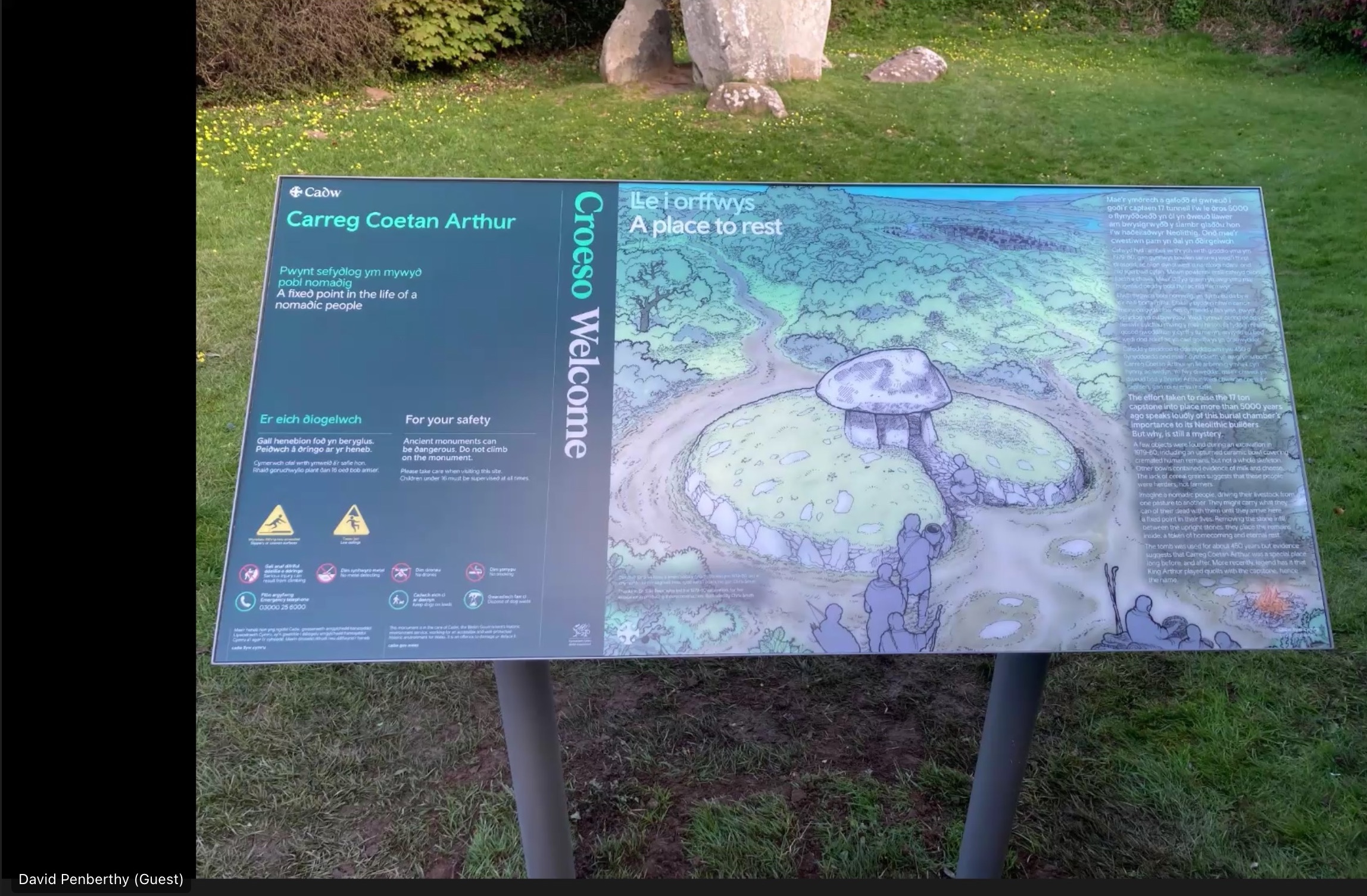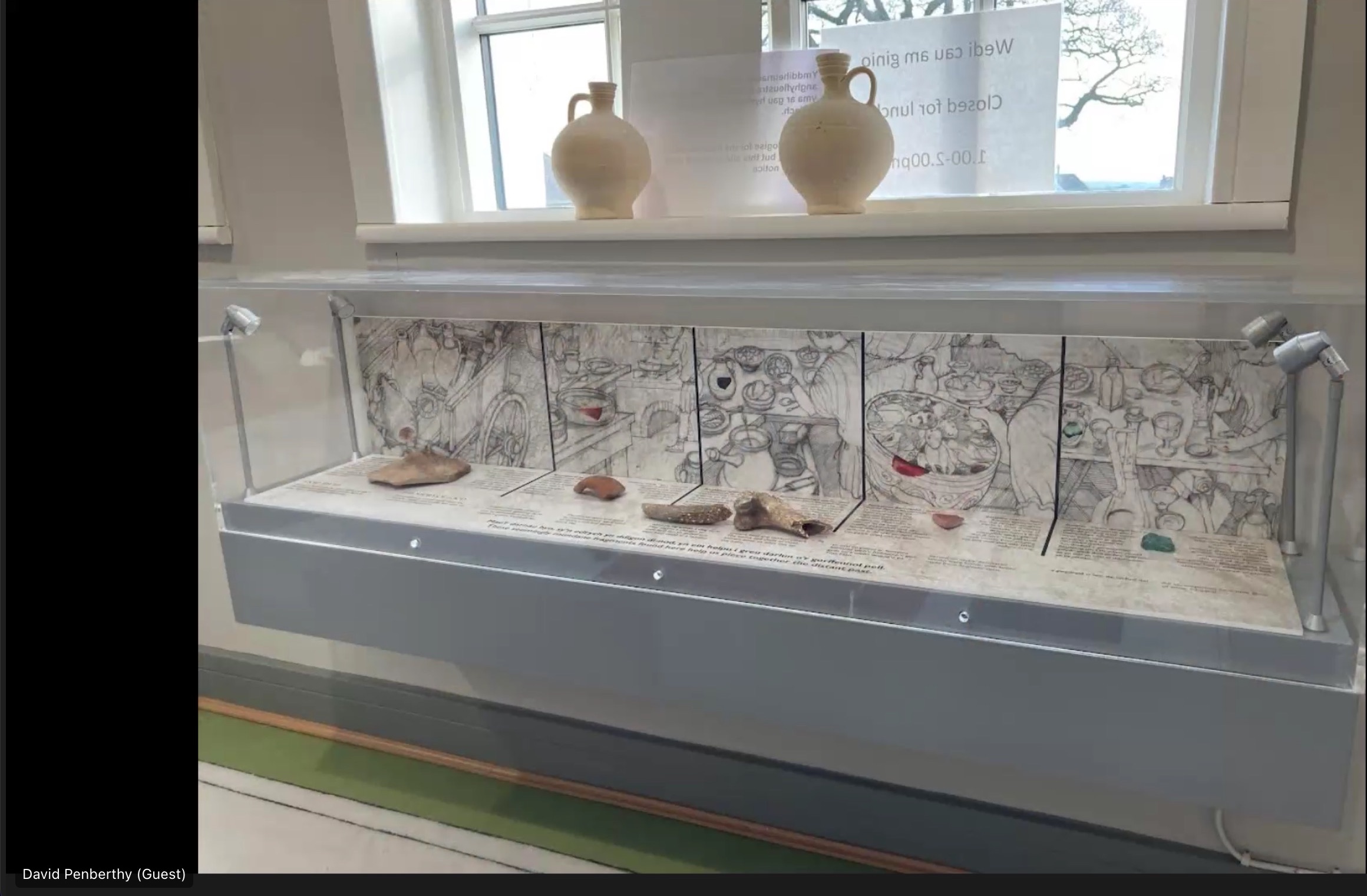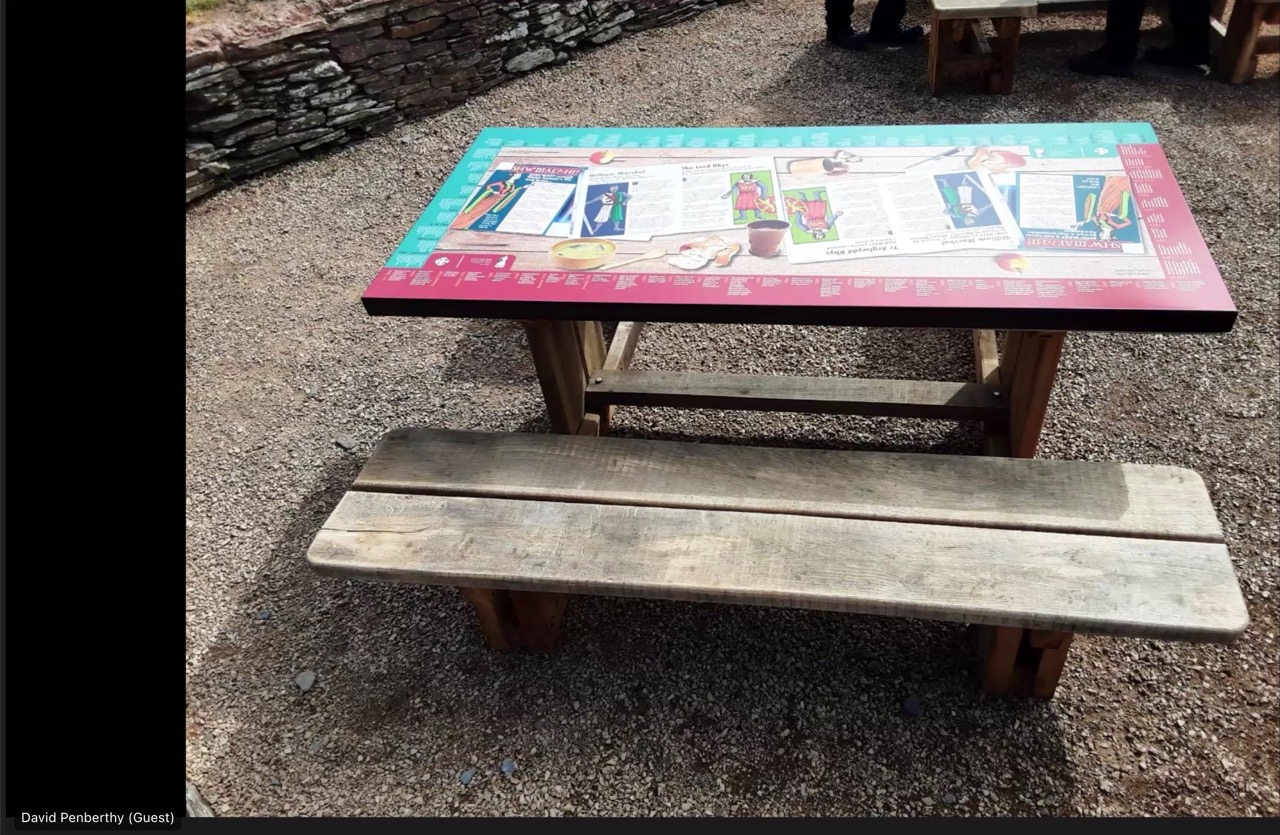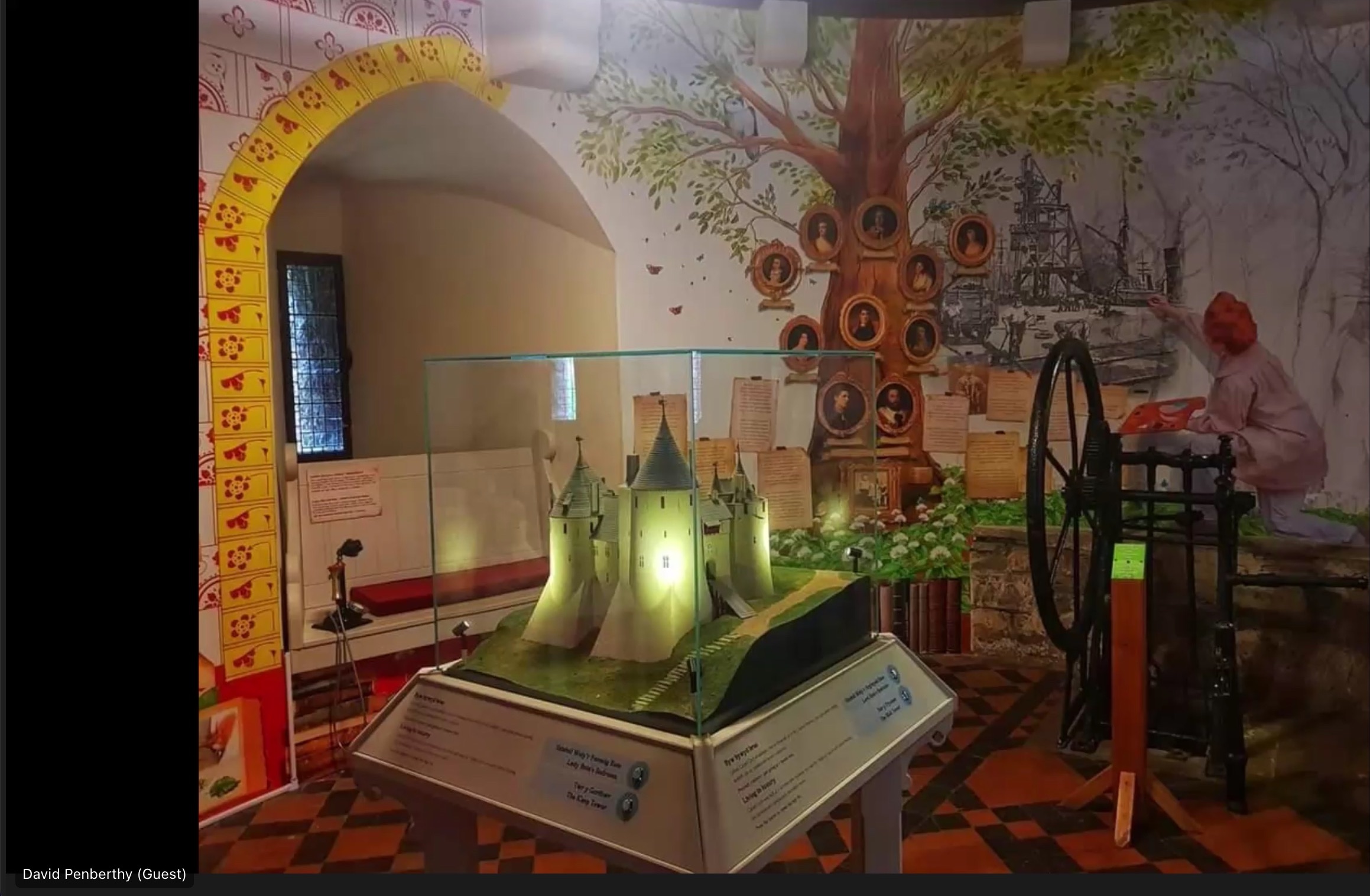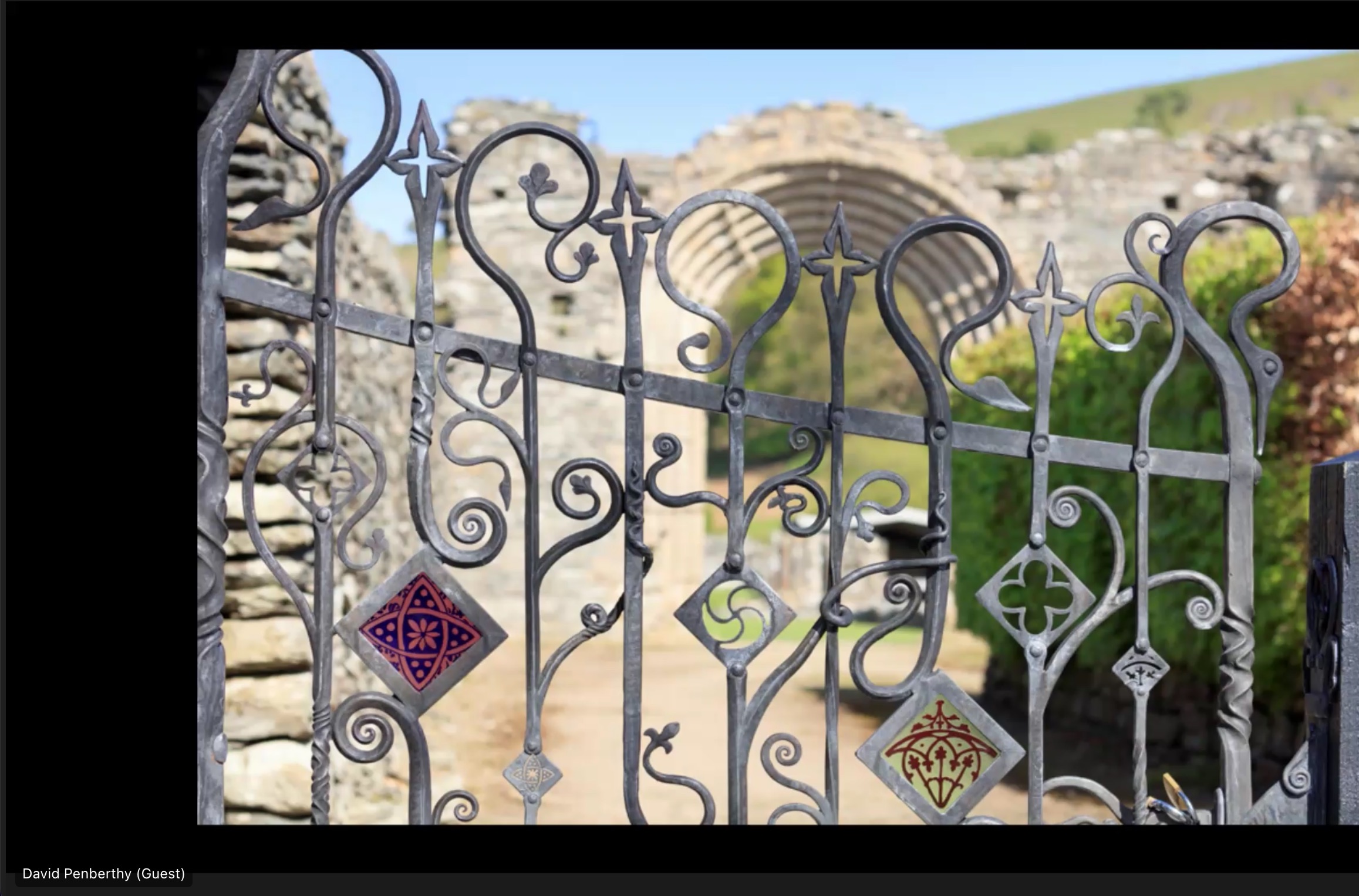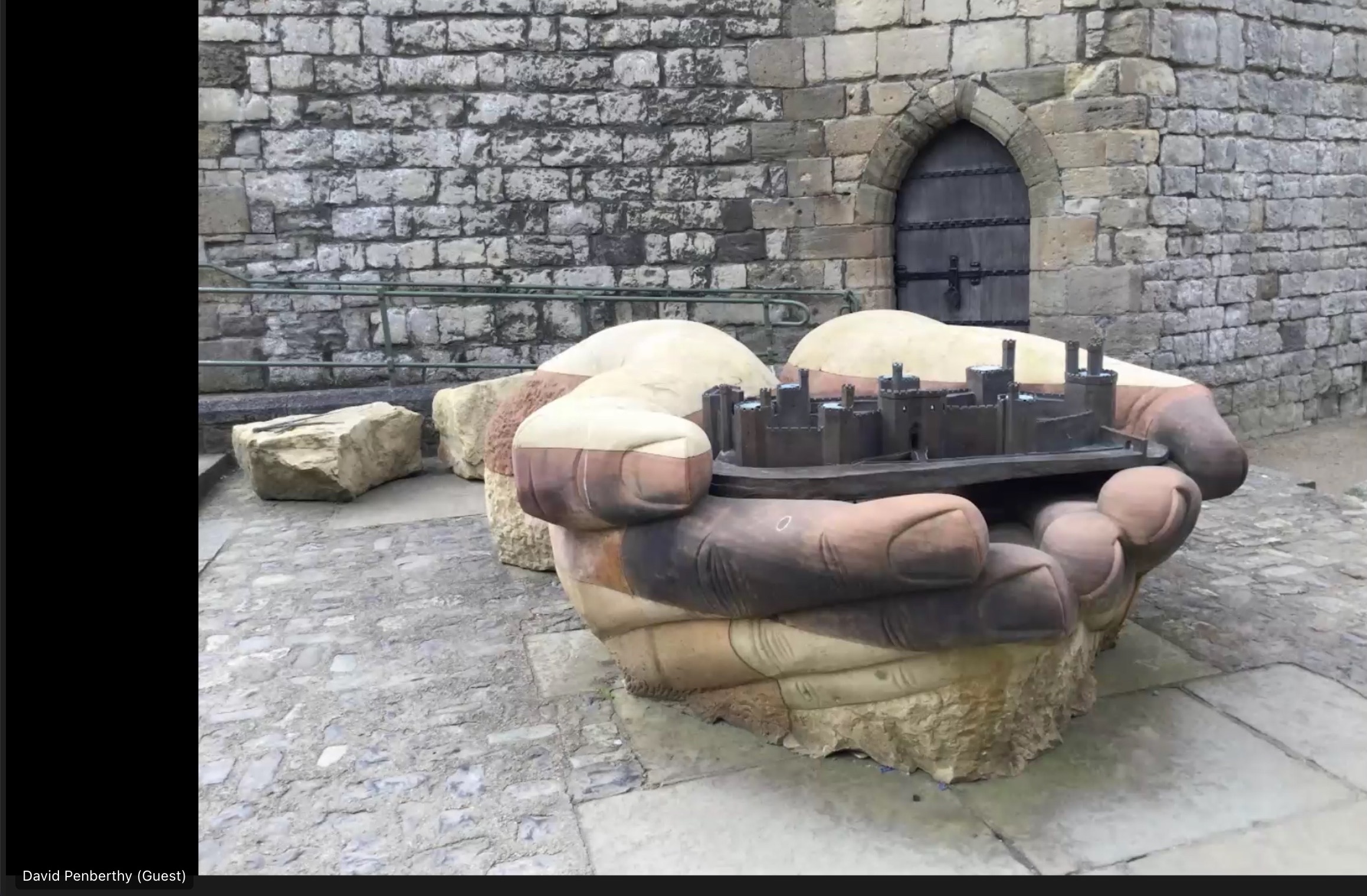Case Study
Visitor Experience and Interpretation at Heritage Sites In Wales
David Penberthy, Former Head of Interpretation CADW
Background
This case study and the projects developed aimed to create interpretive strategies at Welsh heritage and historic sites, that would not only communicate historical facts but also evoke a sense of place, belonging, and shared memory—turning each visit into a dialogue between past and present.
Cadw, the Welsh Government’s historic environment service, is responsible for safeguarding and interpreting over one hundred monuments and historic sites across Wales. From medieval castles and abbeys to industrial landmarks and prehistoric landscapes, Cadw’s portfolio reflects the full spectrum of the nation’s heritage.
Each site carries its own distinctive character, yet collectively they face a shared challenge: how to engage contemporary audiences with complex and often fragmented histories while balancing conservation imperatives with accessibility and creativity. In recent years, Cadw has sought to redefine the visitor experience by reimagining what heritage interpretation can achieve—shifting from static displays toward immersive, emotive storytelling that connects people not only to the past but also to place and identity.
The principal challenge confronting Cadw was the unevenness of visitor engagement across its diverse network of properties. Some sites, such as Caernarfon or Conwy Castles, benefit from high visitor numbers and established infrastructure, whereas smaller or unstaffed sites often struggle to sustain meaningful engagement or interpretation. The question at the heart of Cadw’s initiative was therefore twofold:
- How can heritage interpretation be adapted to suit the particular conditions of each site—whether staffed, unstaffed, monumental, or intimate—while maintaining authenticity and coherence across the network?
- How might new interpretive approaches, including creative and digital interventions, deepen visitors’ emotional and sensory connection to Welsh history without diminishing the integrity of the heritage fabric?
Resources
Rethinking Heritage Futures, Online Workshop “Improving the Visitor Experience”, 27 November 2024, Nottingham Trent University (NTU), Communication University of China (CUC).
Approches
Cadw’s interpretive renewal was grounded in the belief that heritage engagement should be as diverse and layered as the stories embedded within each site. The approach combined traditional conservation values with experimental storytelling and artistic collaboration, allowing visitors to experience the sites as living environments rather than static remnants of history.
1. Narratives and Atmosphere
For staffed sites, Cadw focused on interpretation through narrative and atmosphere. Artists and designers were invited to reimagine how stories could be told through space—using soundscapes, subtle lighting, and projection to animate the stone walls of castles and abbeys. At Beaumaris and Harlech, for instance, projected silhouettes and voices recreated moments from daily medieval life, enveloping visitors in sensory fragments of the past without relying on physical reconstructions.
2. Low-impact Creative Interventions
In unstaffed or more remote sites, the strategy shifted toward low-impact interpretive solutions. Here, the challenge was to create engagement without the continuous presence of staff or the risk of visual clutter. Cadw experimented with artist-led installations—such as sculptural “hands” embedded within landscapes, symbolising connection between people and place—that invited reflection rather than instruction. These installations became silent interpreters, allowing visitors to engage intuitively with history through texture, form, and movement.
3. Integration with Digital Technologies
At Tintern Abbey, digital technology was integrated in a restrained yet evocative way: augmented projections reanimated the monastic architecture through shifting light and colour, evoking the rhythm of daily worship and the abbey’s enduring spiritual aura. Elsewhere, bespoke sound compositions captured the ambient echoes of Welsh language and folklore, blending the voices of contemporary communities with historical resonance.
This plural, narrative-driven approach allowed each site to speak with its own voice, while collectively reinforcing Cadw’s commitment to inclusive, multisensory interpretation. The process required careful negotiation between creative ambition and conservation sensitivity—each intervention tested and refined in dialogue with curators, conservators, and local stakeholders.
Challenges and Successes
Challenges
- Balancing conservation constraints with creative ambition, ensuring installations or digital media did not compromise historic integrity.
- Managing significant variation between staffed and unstaffed sites, requiring bespoke interpretive models for each context.
- Addressing the logistical difficulties of maintaining engagement at remote or minimally resourced locations.
- Overcoming institutional hesitancy toward experimental forms of interpretation, particularly those involving artistic or sensorial approaches.
- Ensuring inclusivity and accessibility across diverse visitor demographics and linguistic backgrounds.
Successes
- Development of a flexible interpretive framework adaptable to different site typologies, fostering both consistency and individuality.
- Demonstration that artistic and sensory interpretation can deepen emotional engagement and make heritage experiences more memorable.
- Successful deployment of digital and projection-based storytelling to animate historic spaces without invasive alteration.
- Increased recognition of the visitor’s emotional journey as integral to heritage interpretation, encouraging reflection rather than passive observation.
- Strengthened collaboration between curators, artists, and conservation specialists—setting a model for future cross-disciplinary practice within heritage management.
Discussion
Cadw’s interpretive renewal exemplifies a progressive shift in heritage practice from static information delivery toward experiential and affective engagement. By prioritising narrative, sensory, and site-specific approaches, Cadw has demonstrated that creative interpretation can coexist with, and even enhance, conservation principles. The emphasis on emotional resonance and spatial atmosphere allows visitors to encounter heritage as a lived experience, fostering deeper connections between people, place, and history. The initiative’s strength lies in its contextual adaptability. Distinct strategies for staffed and unstaffed sites ensure interpretive coherence while respecting the individuality of each location. Through collaboration between artists, curators, and conservators, Cadw has established a flexible framework capable of balancing authenticity with innovation—offering a model for sustainable, inclusive interpretation across a national portfolio.
Nevertheless, the process underscores ongoing challenges in maintaining consistency, accessibility, and institutional confidence when adopting experimental or multisensory methods. These tensions highlight the need for continued dialogue between creative practice and heritage management.
Overall, Cadw’s approach repositions heritage interpretation as an active and participatory process. It affirms that the visitor experience, when shaped through story, atmosphere, and empathy, can transform historic sites from repositories of information into spaces of reflection, identity, and shared cultural meaning
Further Resources
Websites:
Tintern-Abbey https://cadw.gov.wales/visit/places-to-visit/tintern-abbey
Beaumaris and Harlech Castles https://www.visitwales.com/things-do/attractions/castles-heritage/trail-majestic-castles
Images
Image Credit: David Penberthy, Former Head of Interpretation CADW.
